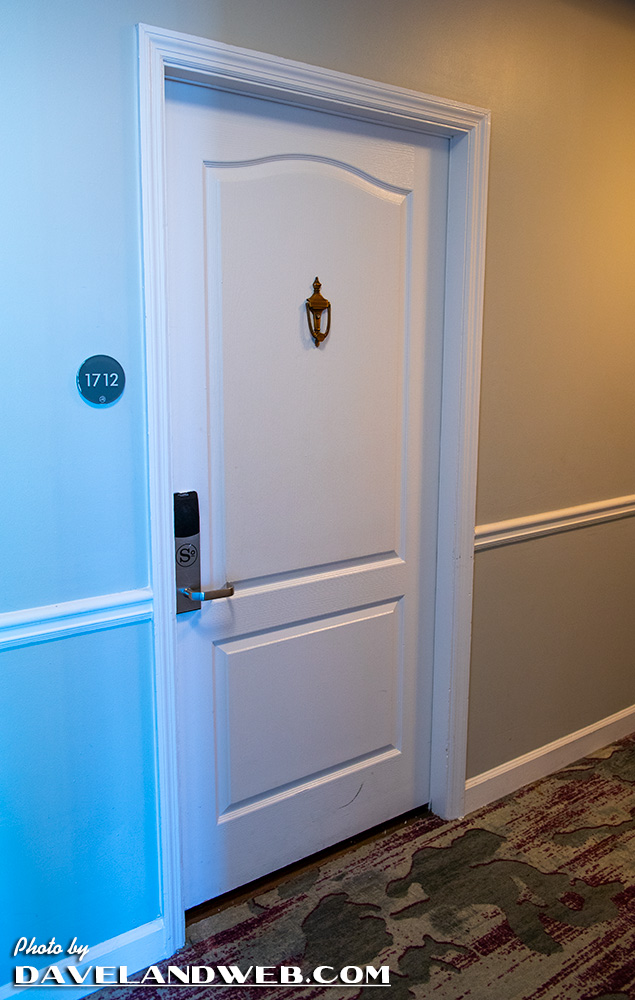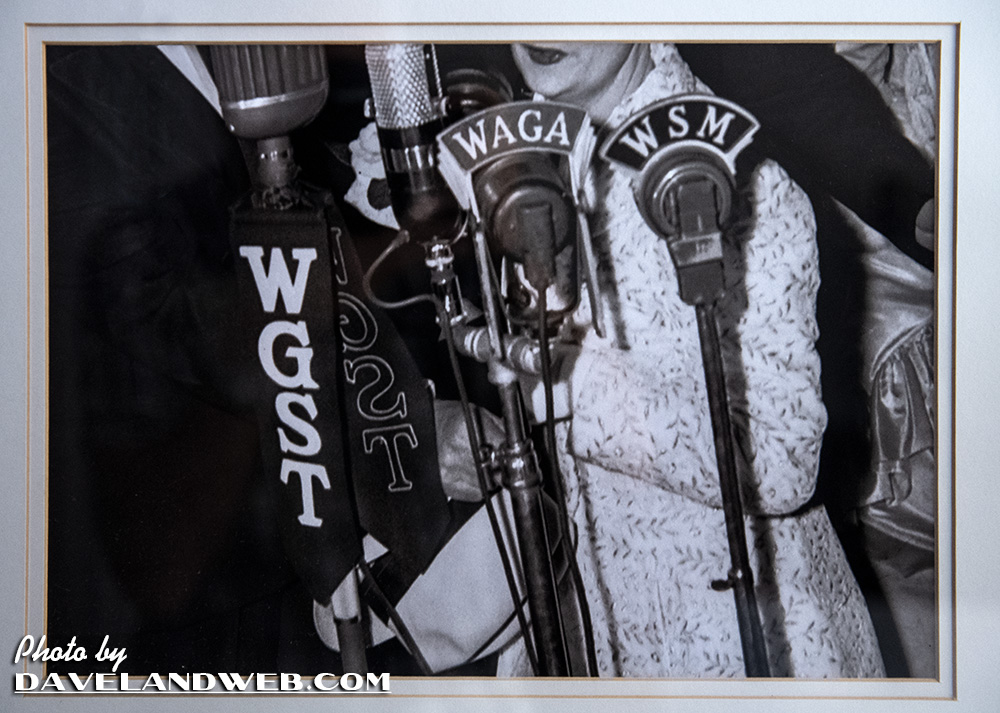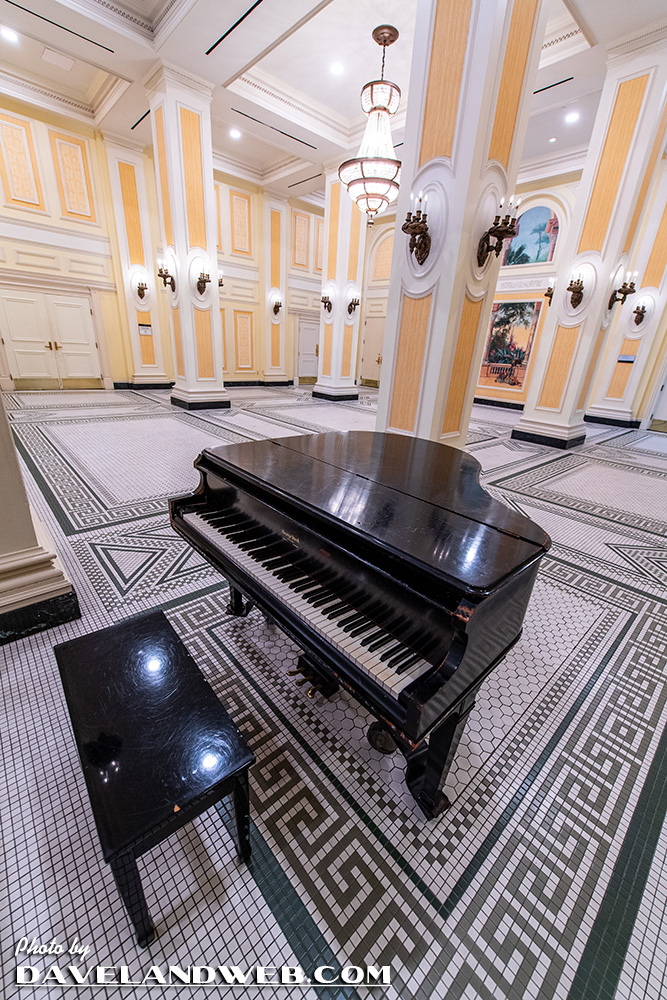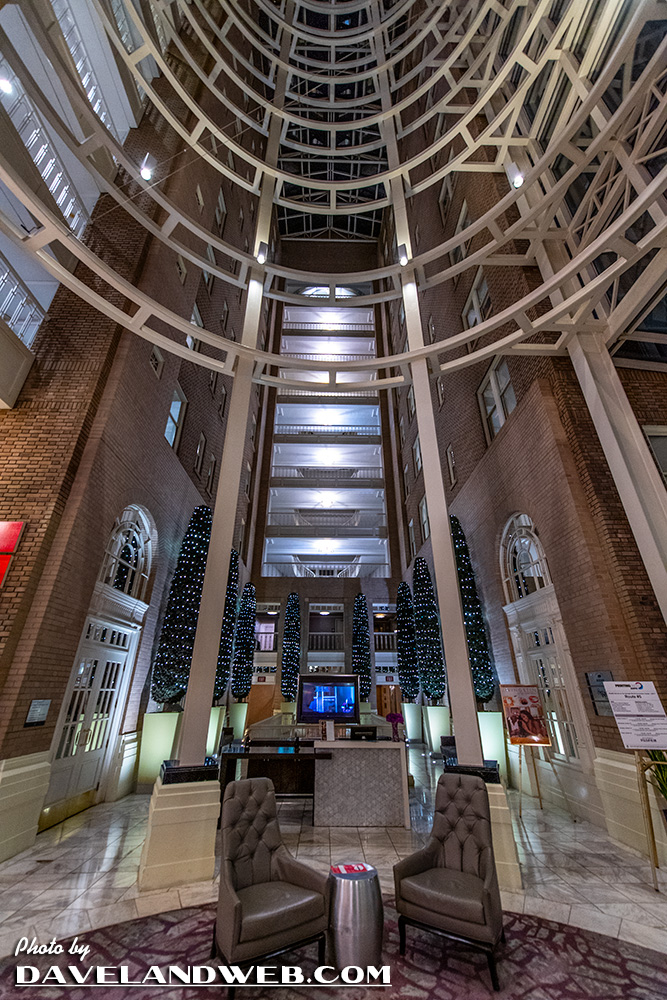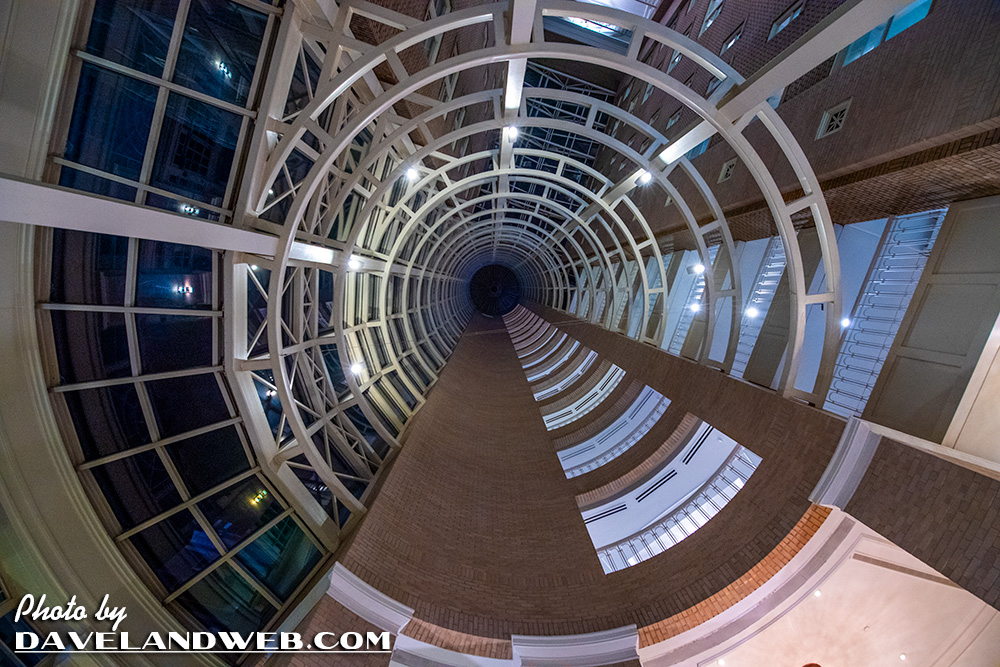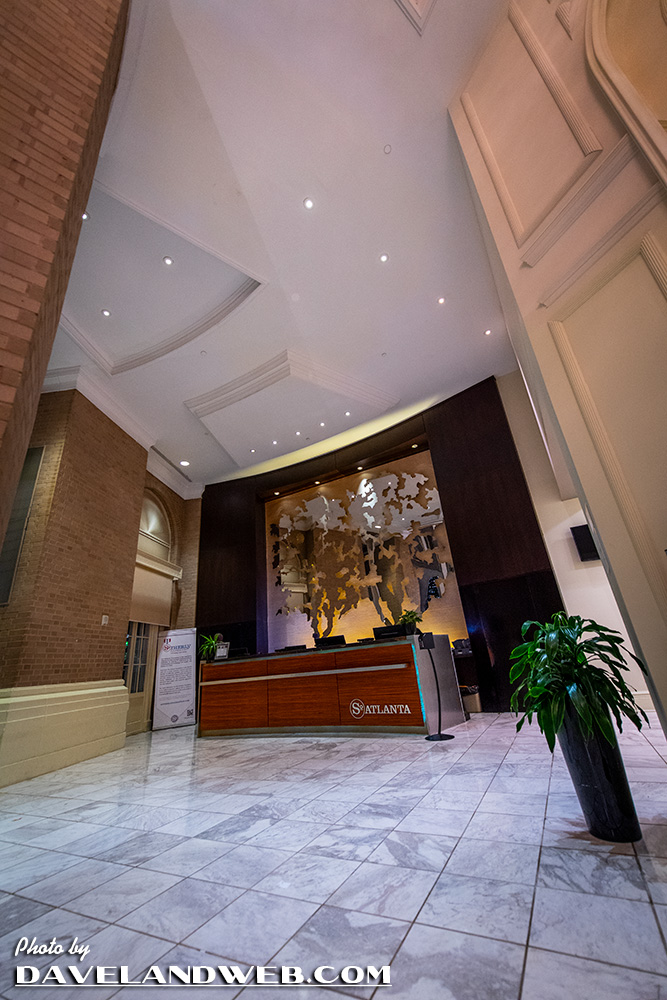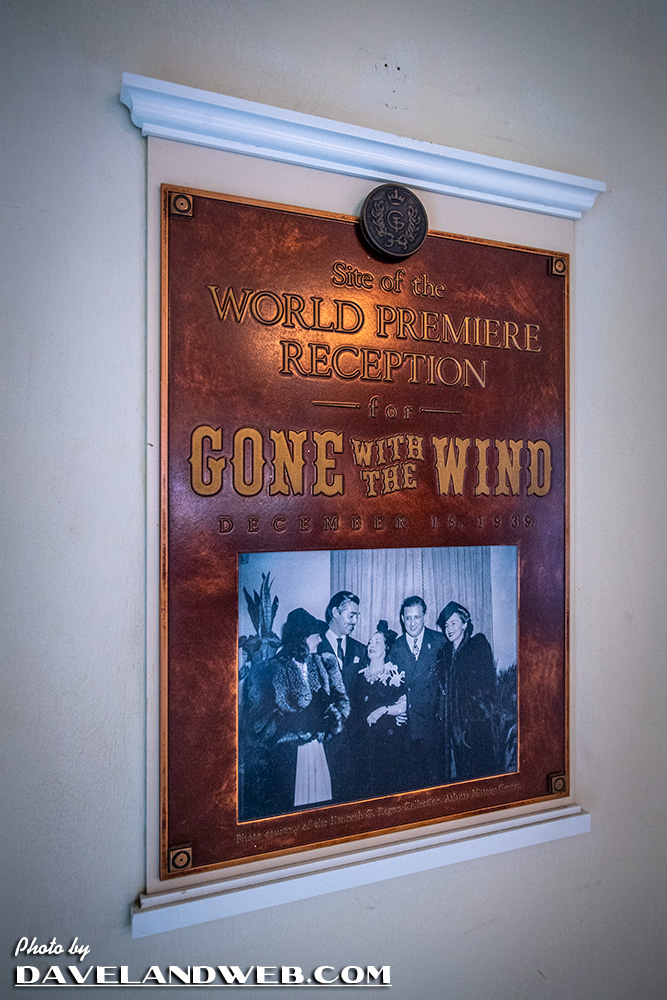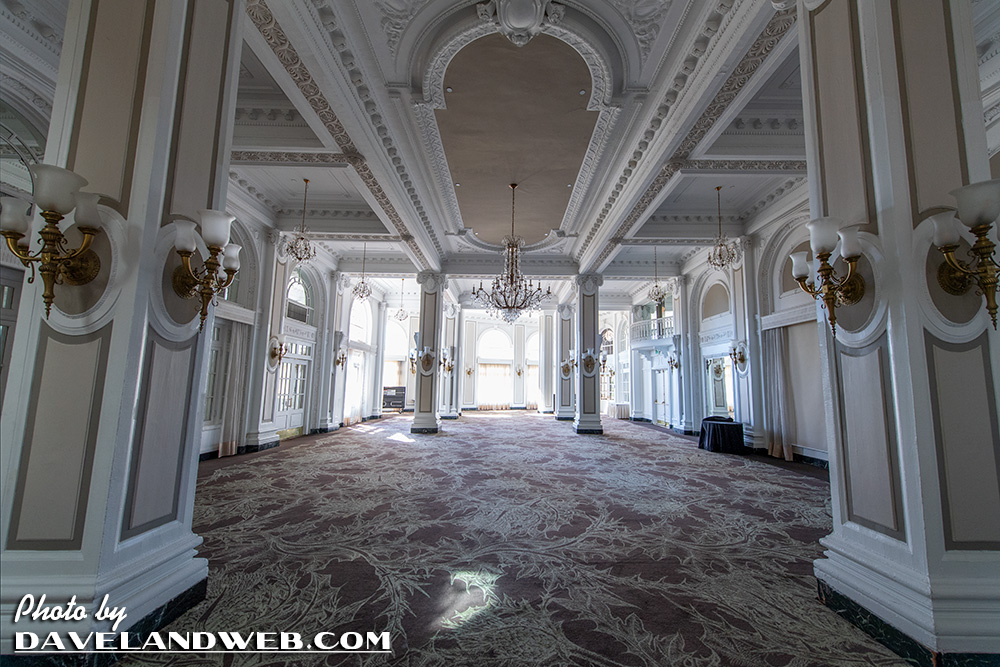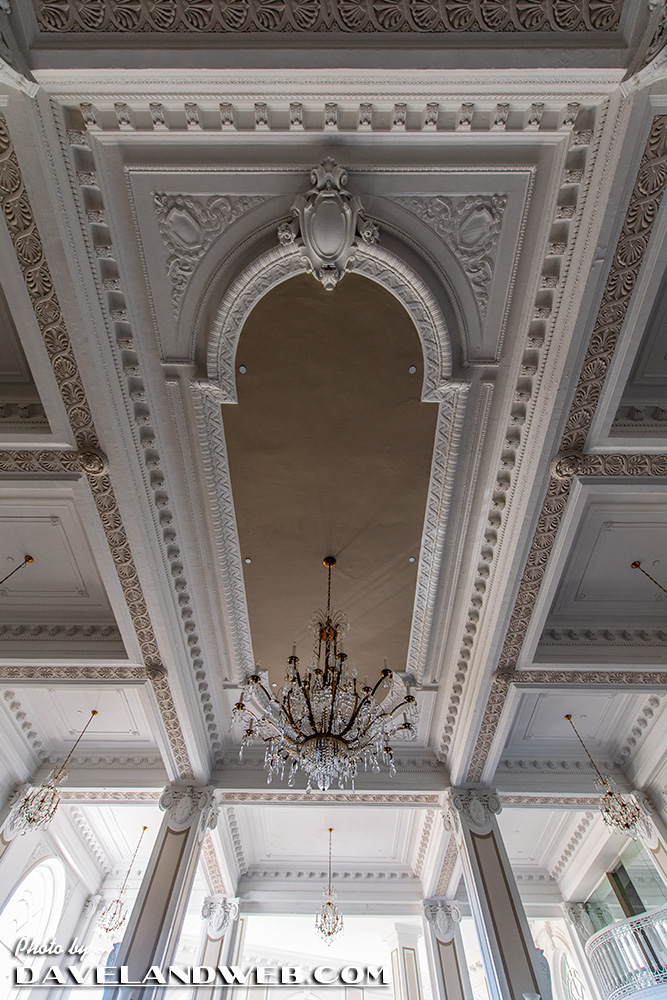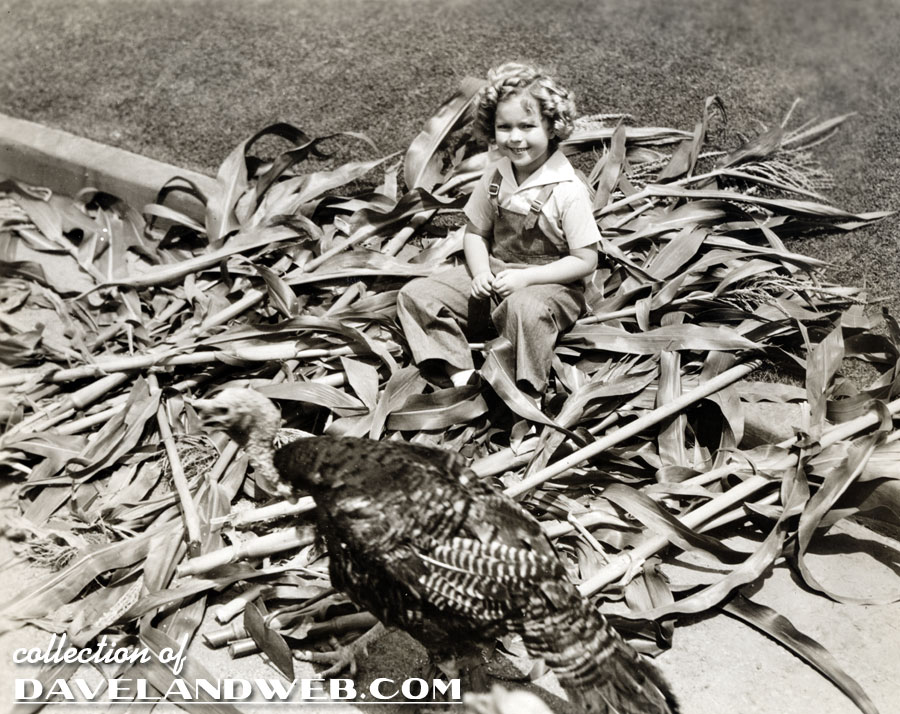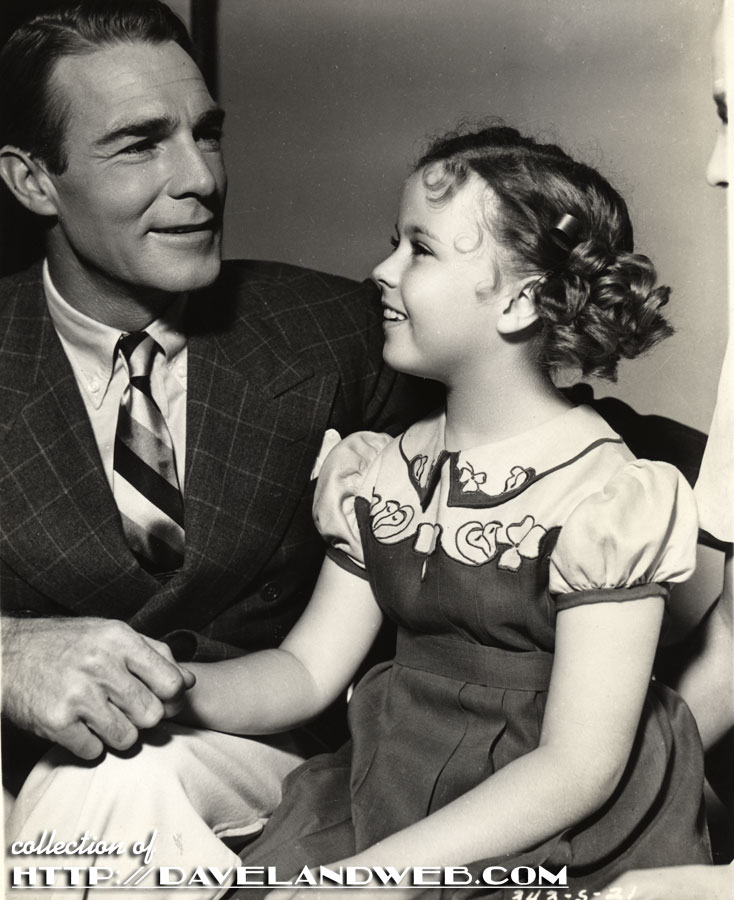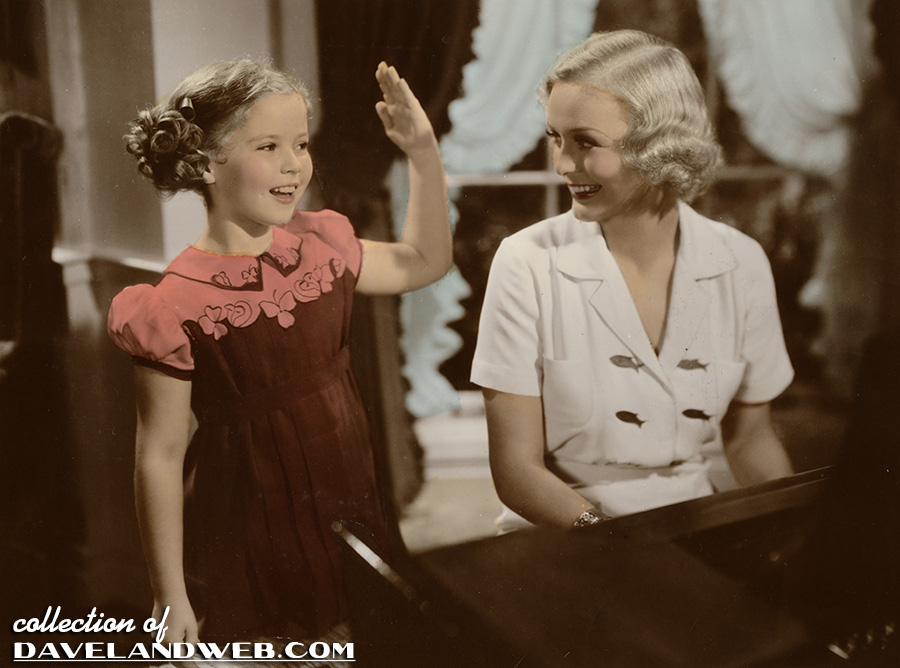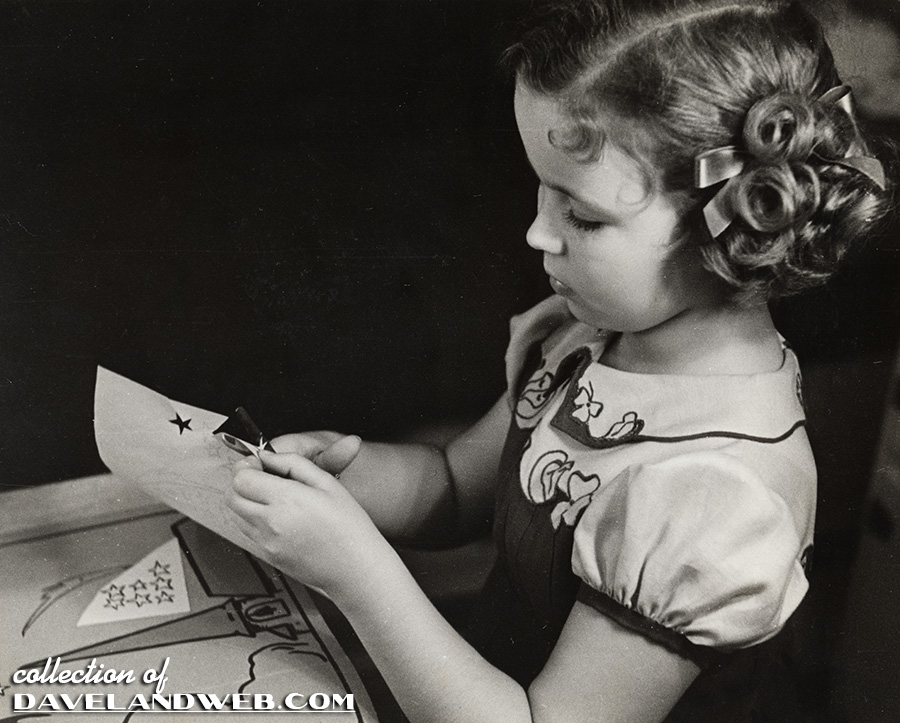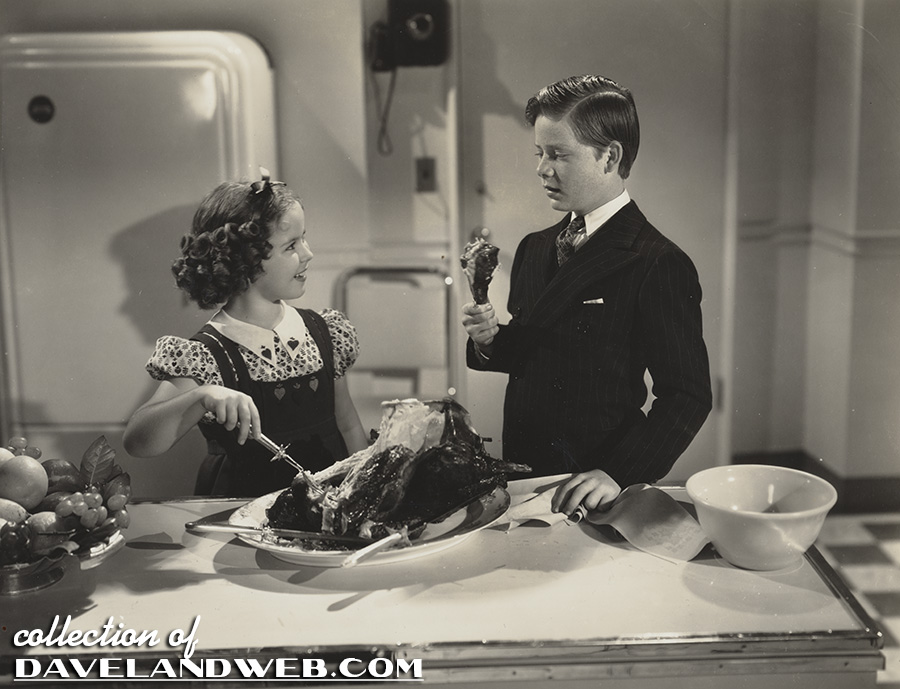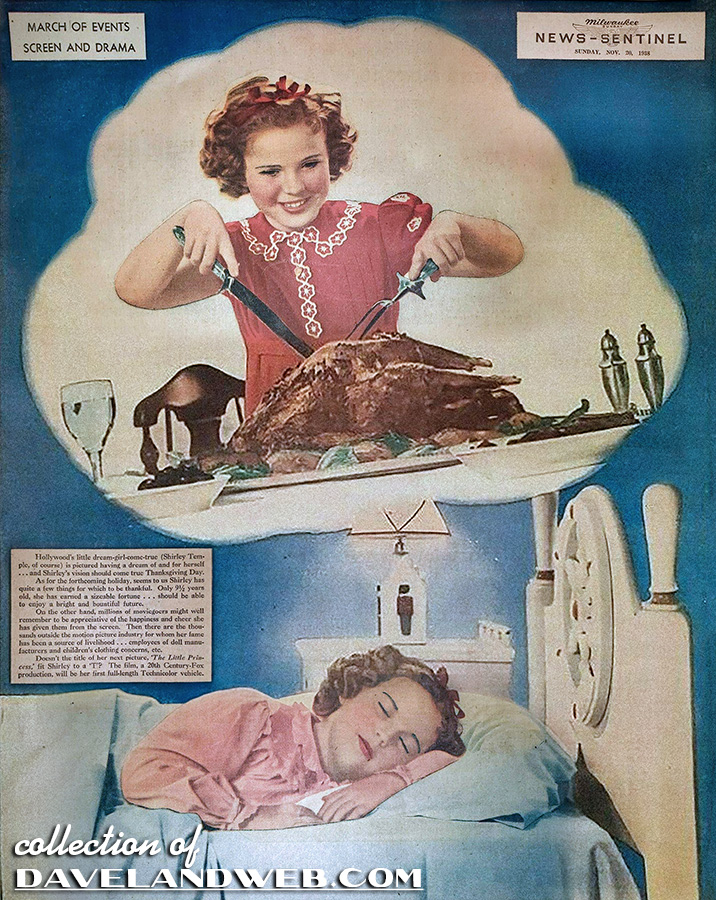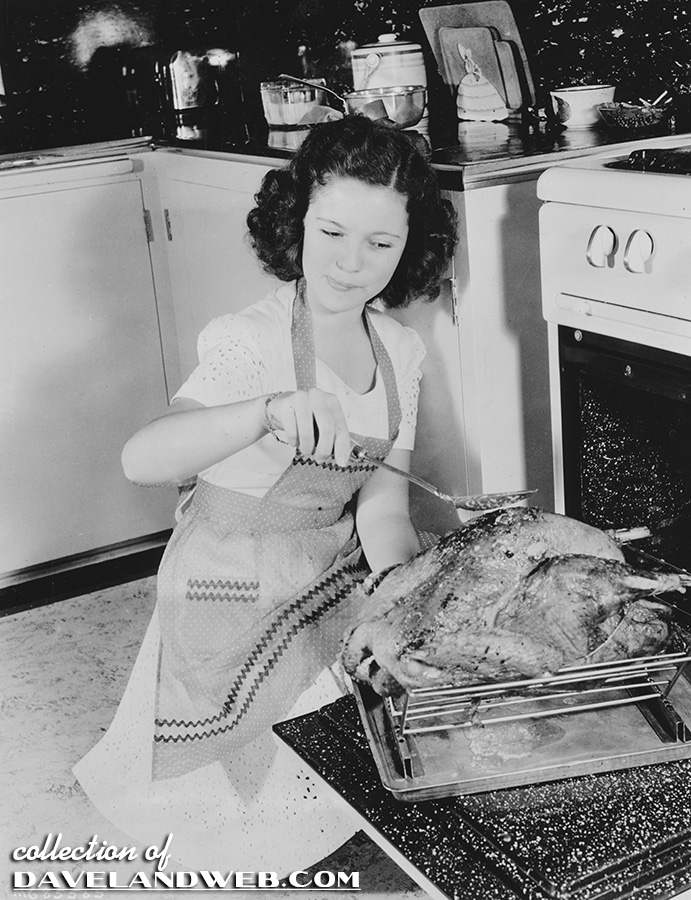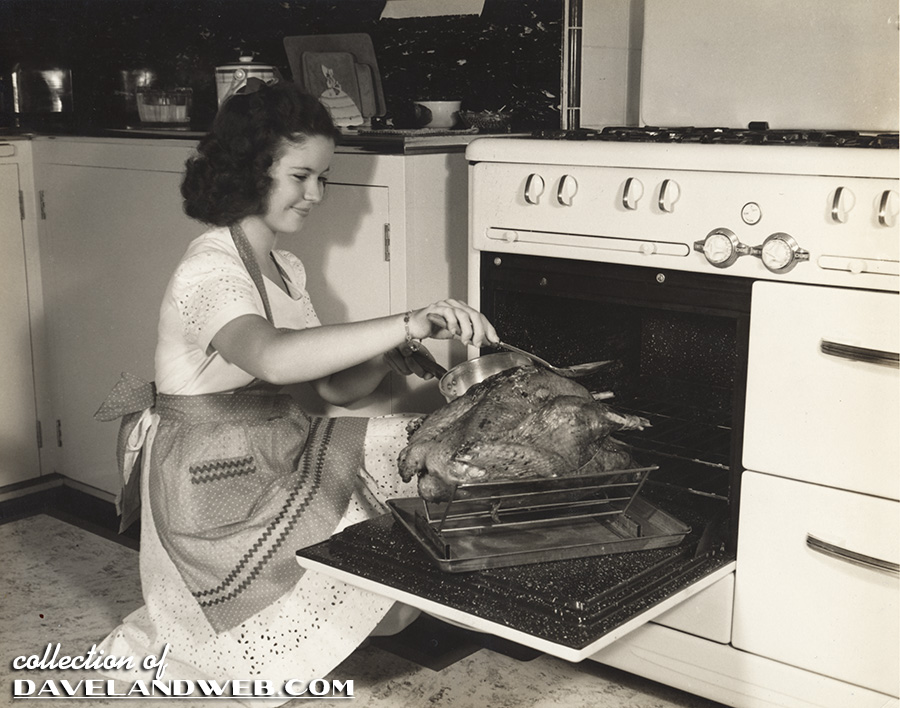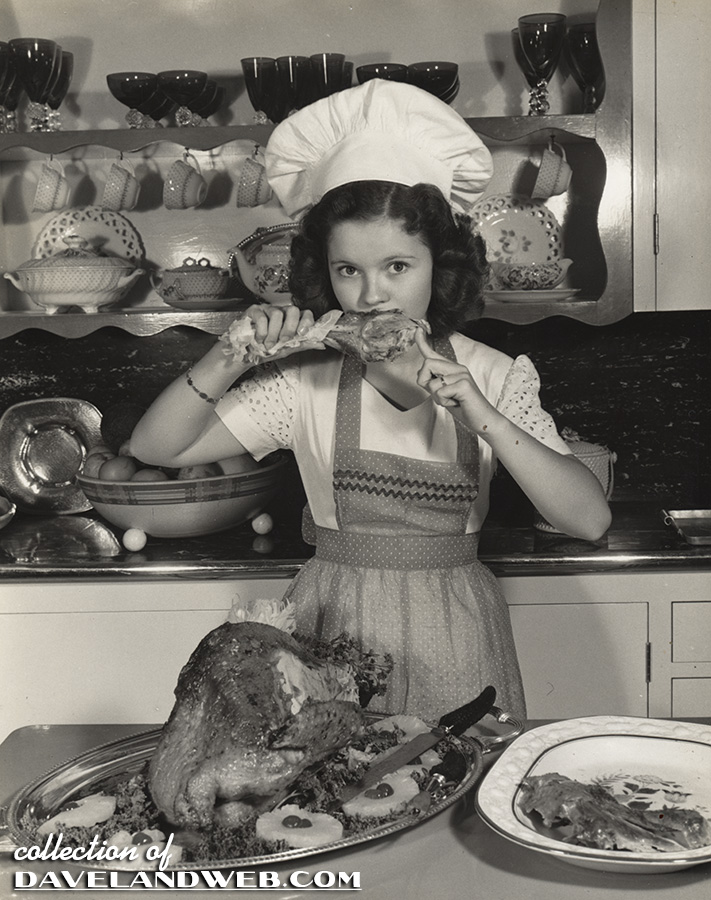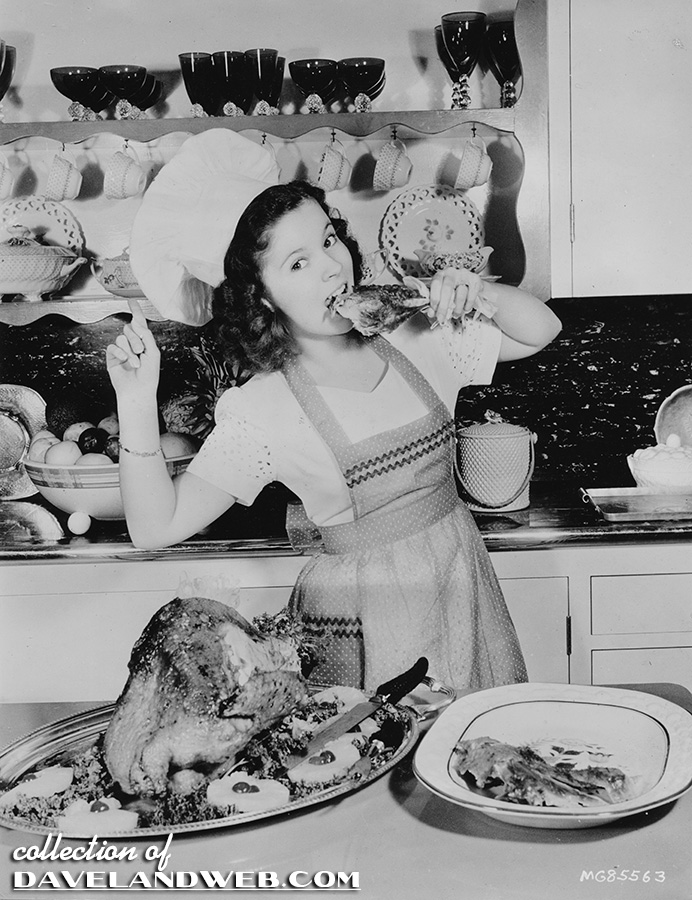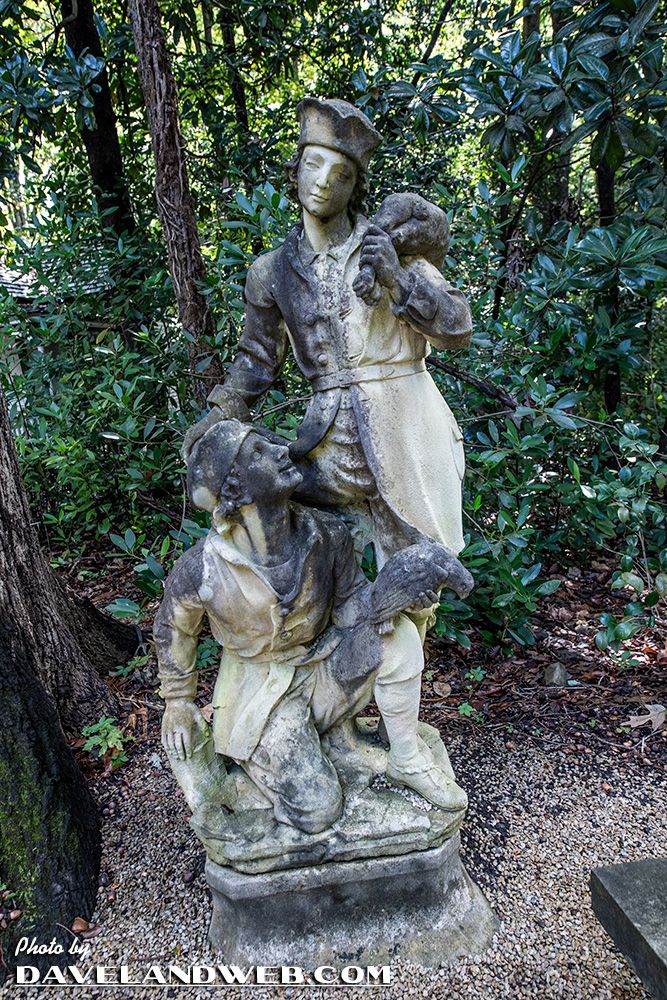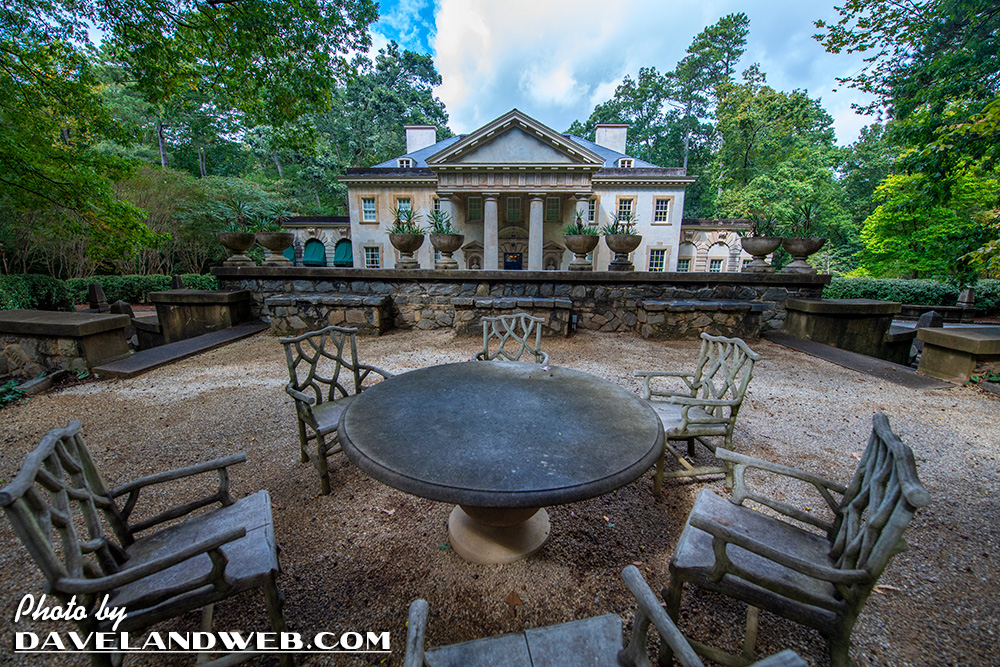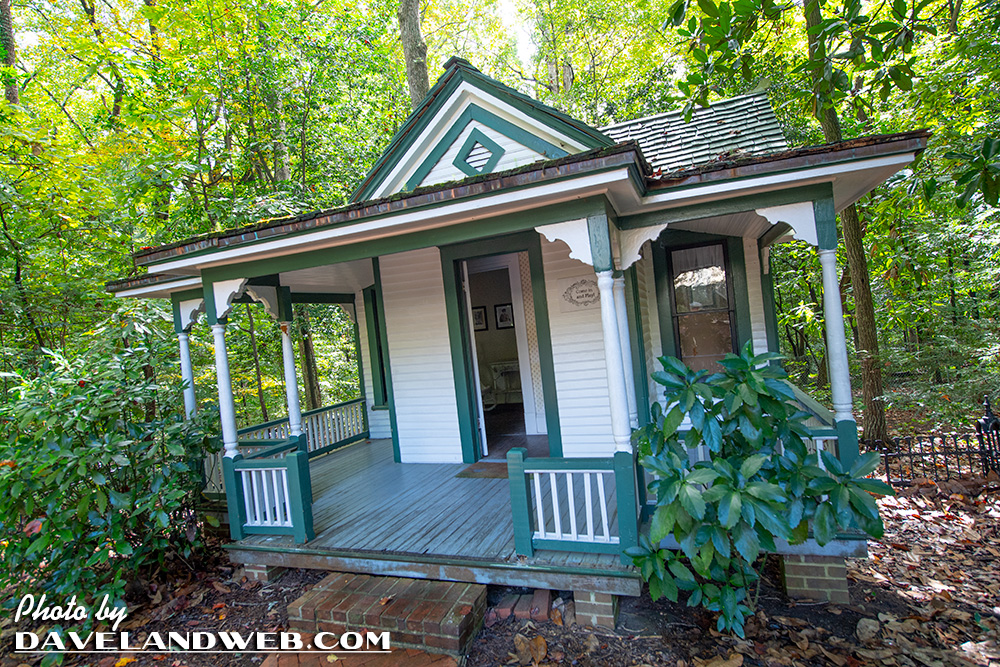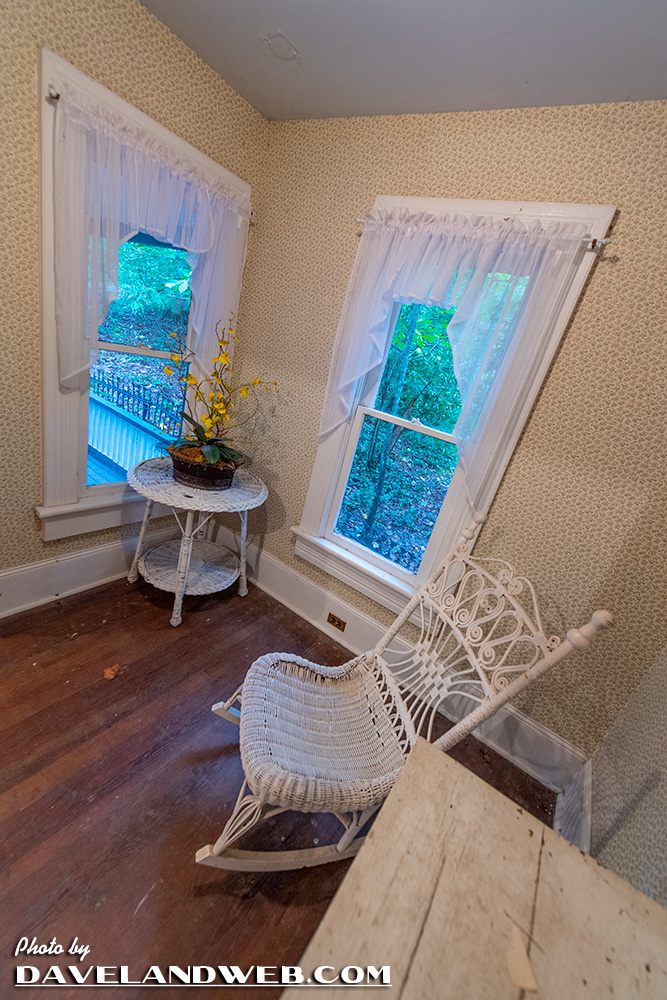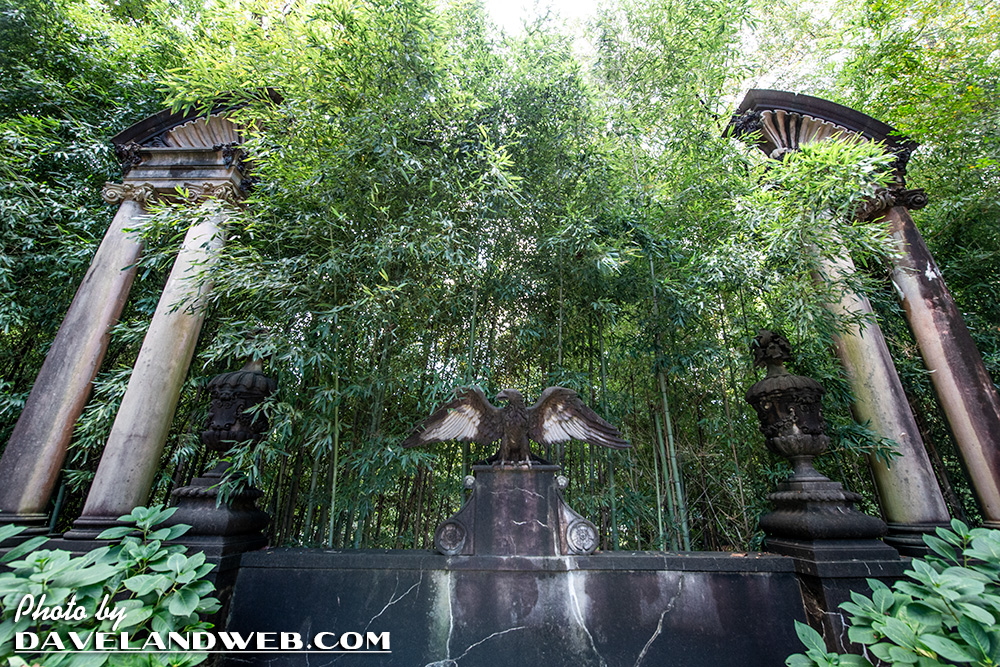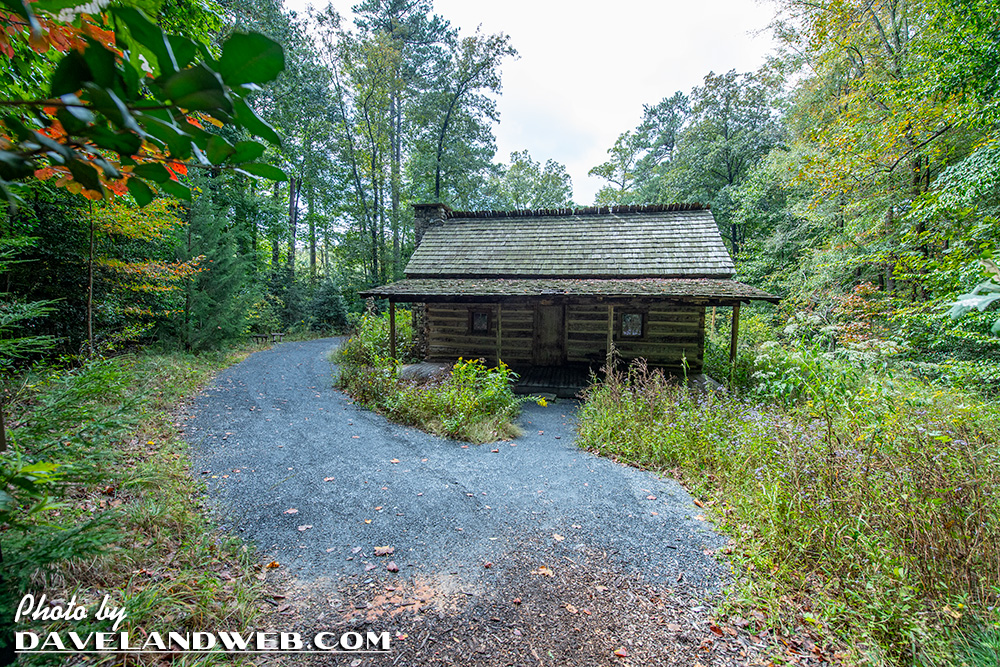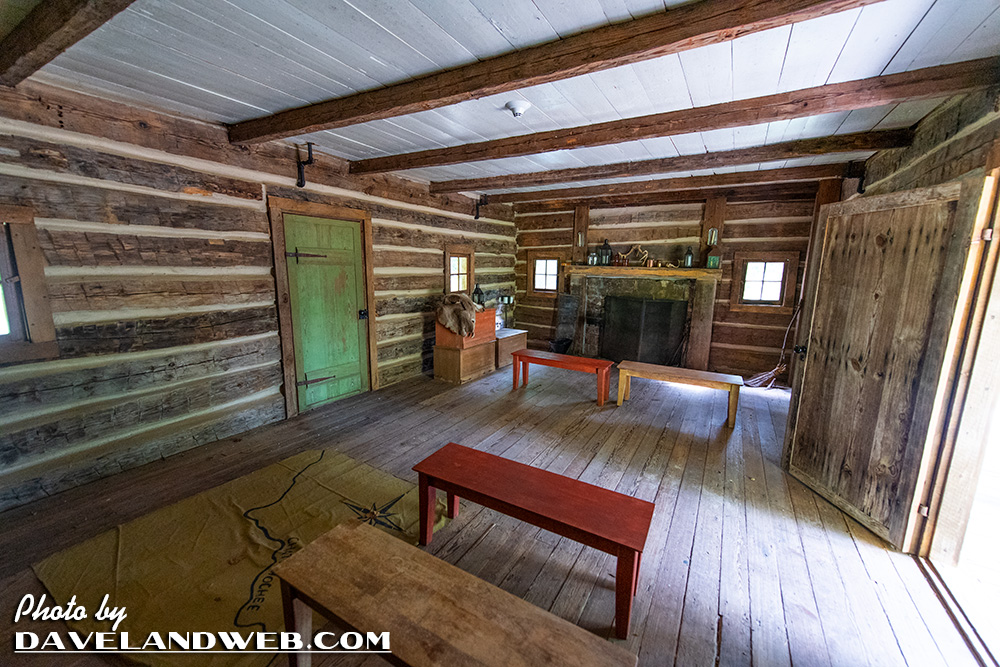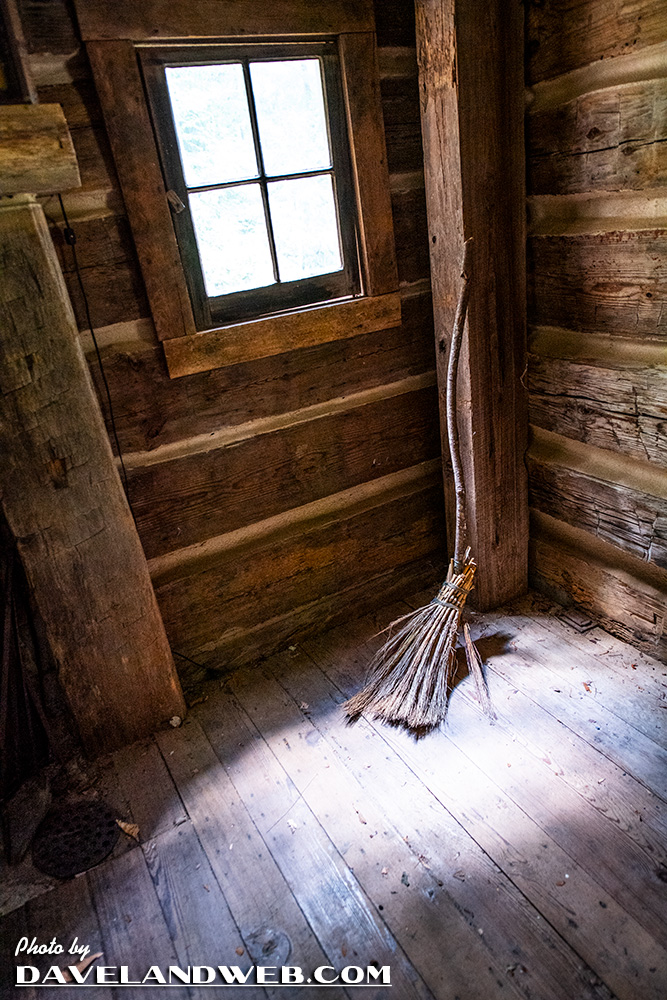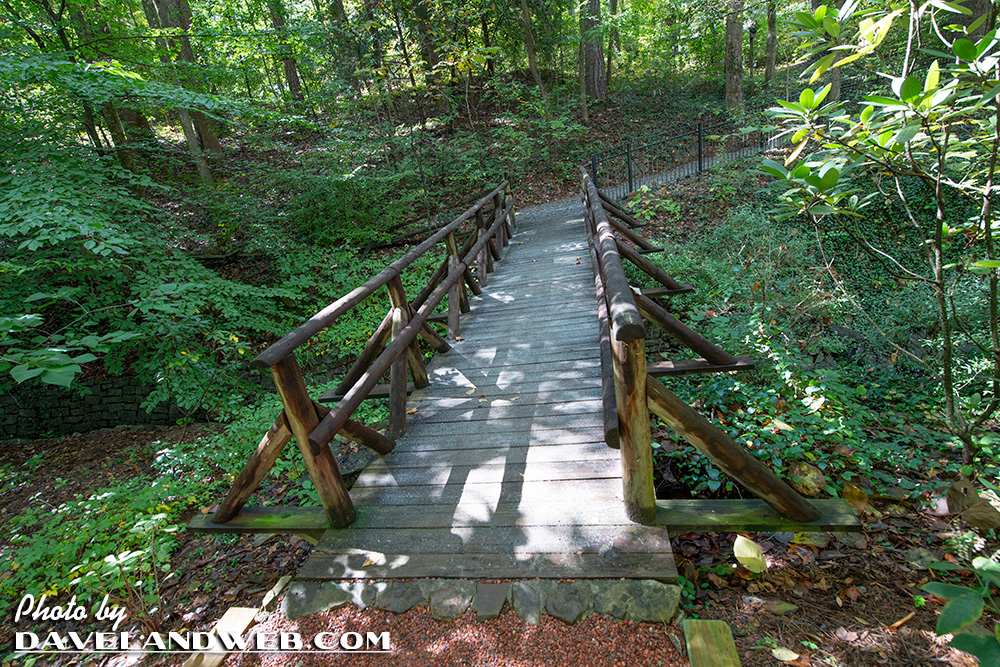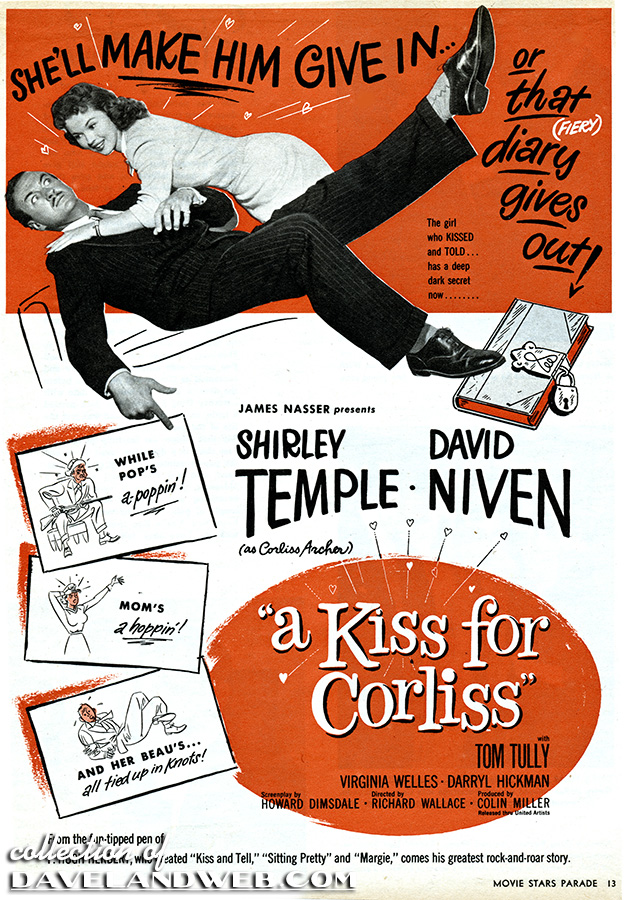
“A Kiss for Corliss” (1949) was the last film of Shirley Temple’s movie career and a sequel to her 1945 box office hit, “Kiss and Tell.” Both films were about Corliss Archer, a fun loving teenager who always seems to get herself into trouble. “Kiss and Tell” was based on a series of short stories by Hugh Herbert in
Good Housekeeping that were combined into a novel called
Meet Corliss Archer, which then became a hit Broadway play followed by the movie at Columbia starring Shirley. Herbert had nothing to do with “A Kiss for Corliss,” which had a lackluster script by Howard Dimsdale.
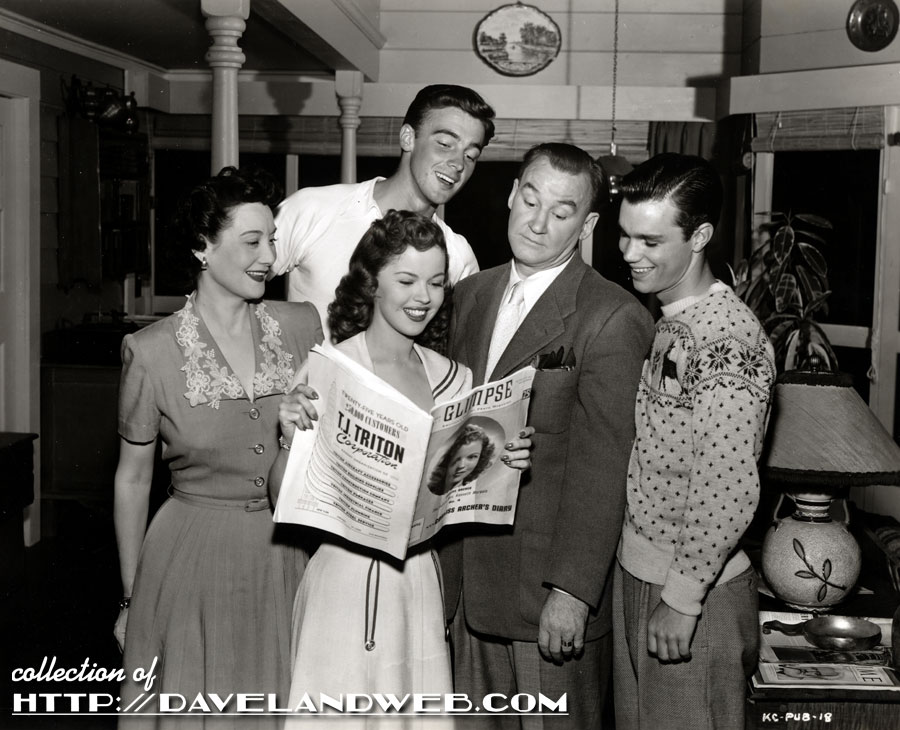
The word “contrived” does not even begin to describe the plot of this misfire; Corliss Archer’s dad (Tom Tully) is handling the divorce of Kenneth Marquis’ (David Niven) third wife. Corliss meets him and is smitten by his charms. Marquis uses this to exact revenge on the quick tempered Mr. Archer, and through a series of convoluted plot twists, pretends that he is engaged to his beloved daughter, using a fake diary as proof. Tully was better suited as Shirley’s father in “I’ll Be Seeing You” (1944). In that film, he was the calm voice of reason. As Mr. Archer, he plays the poorly written character as a loud-mouthed hothead, and quickly becomes a bore.
The Breen Office (Hollywood’s self-imposed censorship arm headed by Joseph Breen from 1934-1954) disapproved of the film’s “extremely light attitude toward marriage.” A compromise was reached when the number of Kenneth Marquis’ divorces was reduced from six to three. Corliss was also made to explain in the movie that she “could never think of marrying a man with all those wives.” It was not the easiest material for Shirley to tackle at a time when her own marriage to her first husband was falling apart.
From Shirley’s fan club newsletter:
Shooting began on June 16, 1949 by Enterprise Studios at General Service. Erskine Johnson [a Hollywood gossip columnist] wrote, “Shirley…arrived at the studio at 7:30a.m., drove her black convertible to the makeup department, sat down in a barber’s chair and went back to sleep as the makeup artist and hair dresser went to work.” The same columnist wrote that in “A Kiss for Corliss” Shirley feigns amnesia and acts like a 9 year old for one sequence. Her director [Richard Wallace]
ran off movies Shirley made at that age to show her how to act!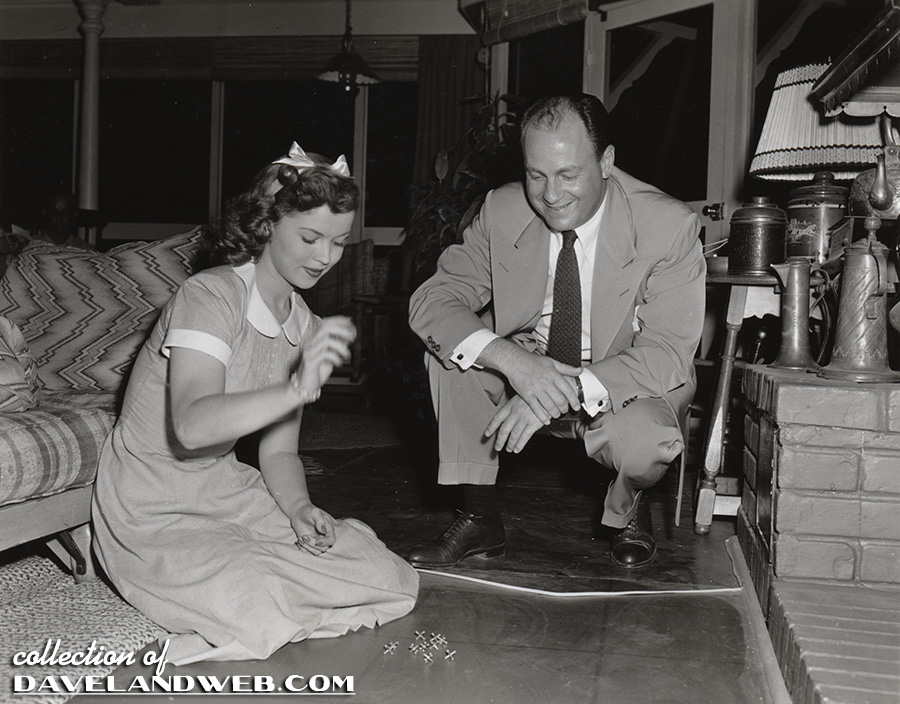
Above, Shirley shows George Chasen how to play the game of jacks, which she needs to do when she is faking amnesia for her parents (in the publicity still below) to avoid getting into trouble for being out all night with her boyfriend.
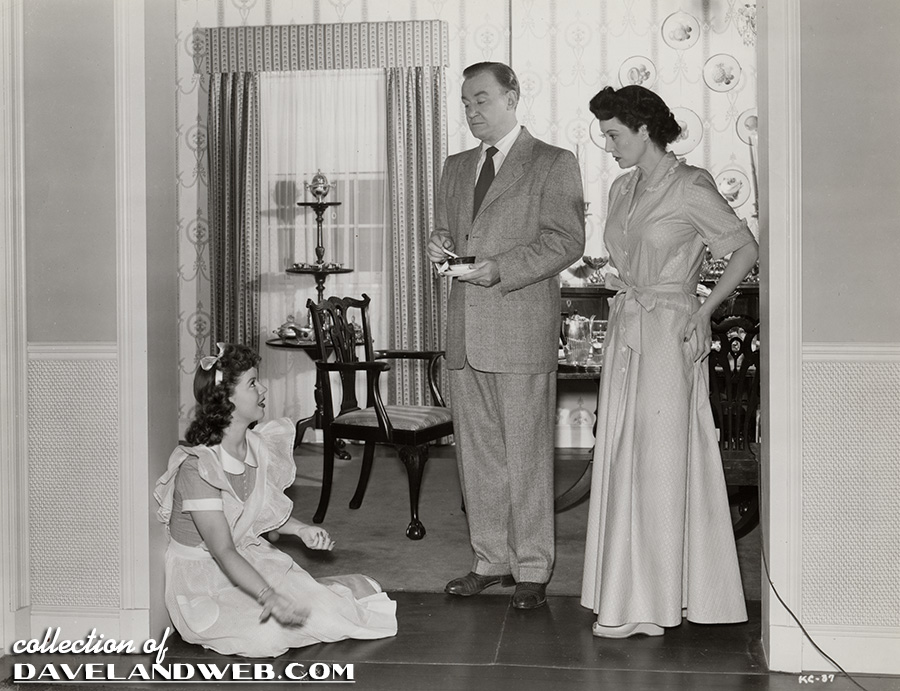
David Niven was not a willing participant in the film; he had been engaged in a battle of the wills with his boss, Samuel Goldwyn, ever since the actor had been forced to do “The Elusive Pimpernel.” Because of his behavior during the production of that movie, Goldwyn punished Niven with “A Kiss for Corliss.” As Niven recalled, “I was immediately loaned out to play the heavy in a Shirley Temple picture, a disastrous teen-age potboiler.”
According to an October 17, 1949
Hollywood Reporter news item, independent financier Henry G. Kuh entered into negotiations with Colin Miller to produce a third “Corliss Archer” picture. Other newspaper rumors of the time included this one reported in Shirley’s fan club newsletter:
Shirley may co-star with Louis Jordan in “The Frenchman and the Bobby-soxer” in Paris. Shirley is said to be studying French of which she already has considerable knowledge, but is not sure she could stay away from Linda Susan [her daughter]
that long…OR the picture has also been mentioned as “Corliss Goes to Europe” to be shot in England and France. It’s a comedy idea about a bobby-soxer who upsets fashion trends in London and Paris by introducing American teen age fashions to famous couturiers. We also read that Shirley will go into a college picture at Warner Bros. next.Tired of subpar scripts and films that used her famous name to increase their sales receipts, Temple instead retired after the release of “A Kiss for Corliss.”
The world premiere was held in Des Moines, Iowa on November 16, 1949.
London Sunday Observer film critic C.A. Lejune wrote in his unfavorable review:
Sometimes I think that David Niven
Should not take all the parts he’s given.
While of the art of Shirley Temple,
I, for the moment have had ample.
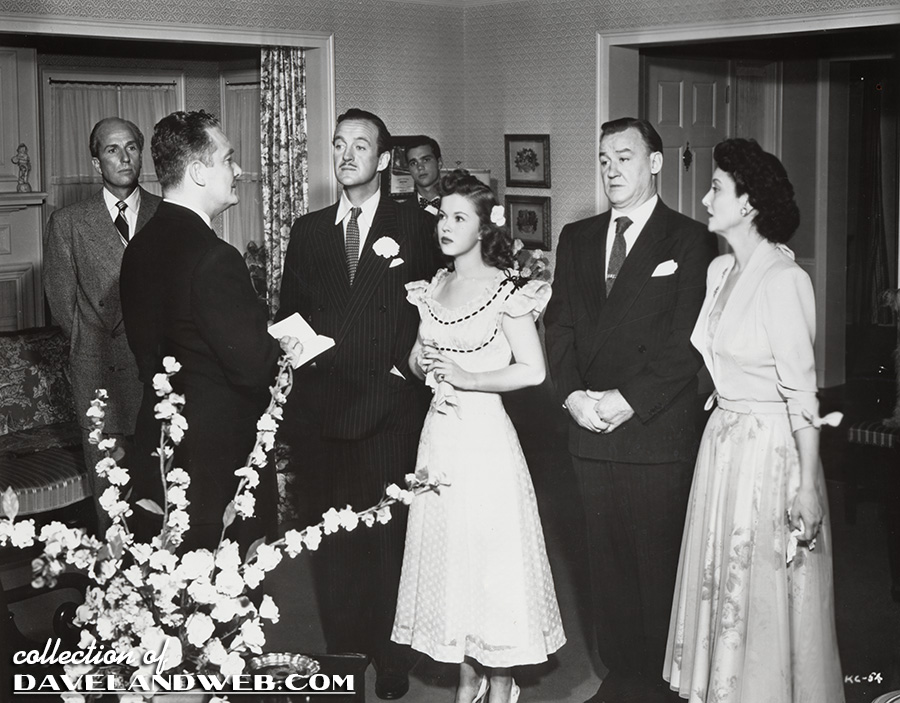
This film was later retitled “Almost a Bride.”
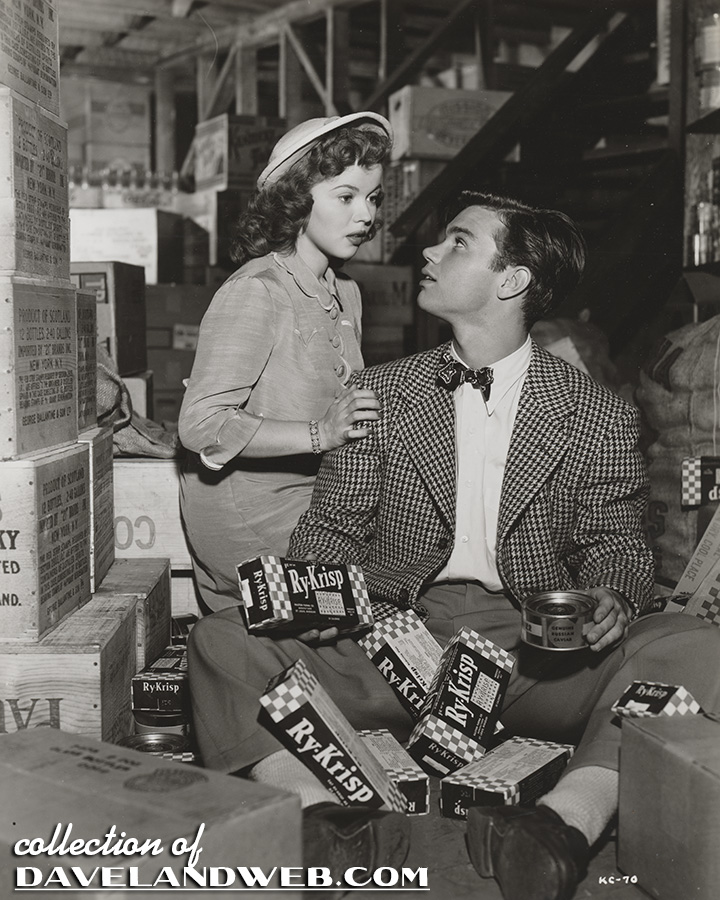
In this publicity still, Corliss (Shirley is hiding from the police in the basement of a nightclub with her boyfriend Dexter (Darryl Hickman). I wonder how much Ry-Krisp paid for this product placement?
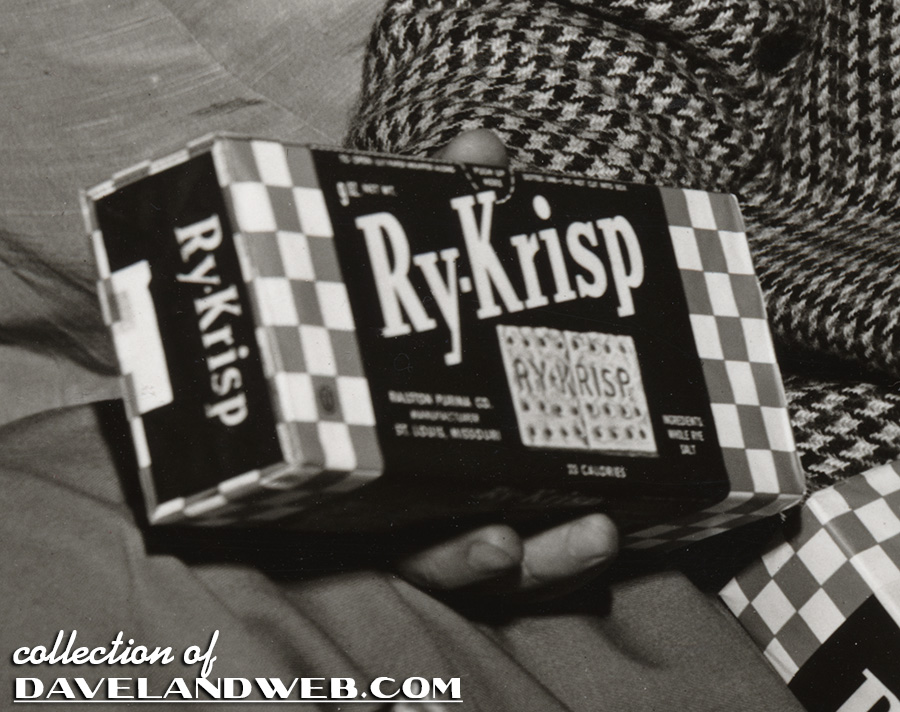
The production of Ry-Krisp was discontinued in 2015. Ballantine’s Scotch Whiskey is still in business, but their placement in the film was not as prominent.
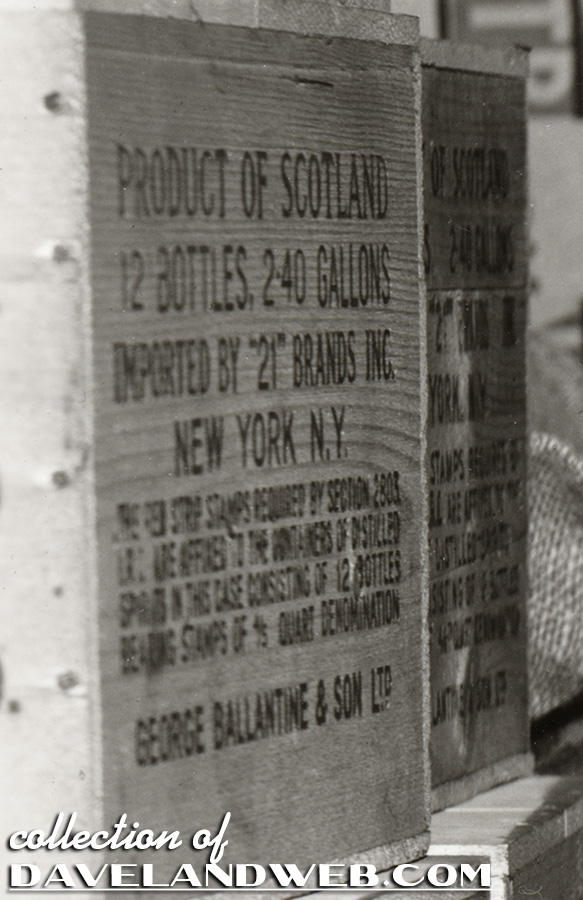
Did “A Kiss for Corliss” effectively kill Ry-Krisp?
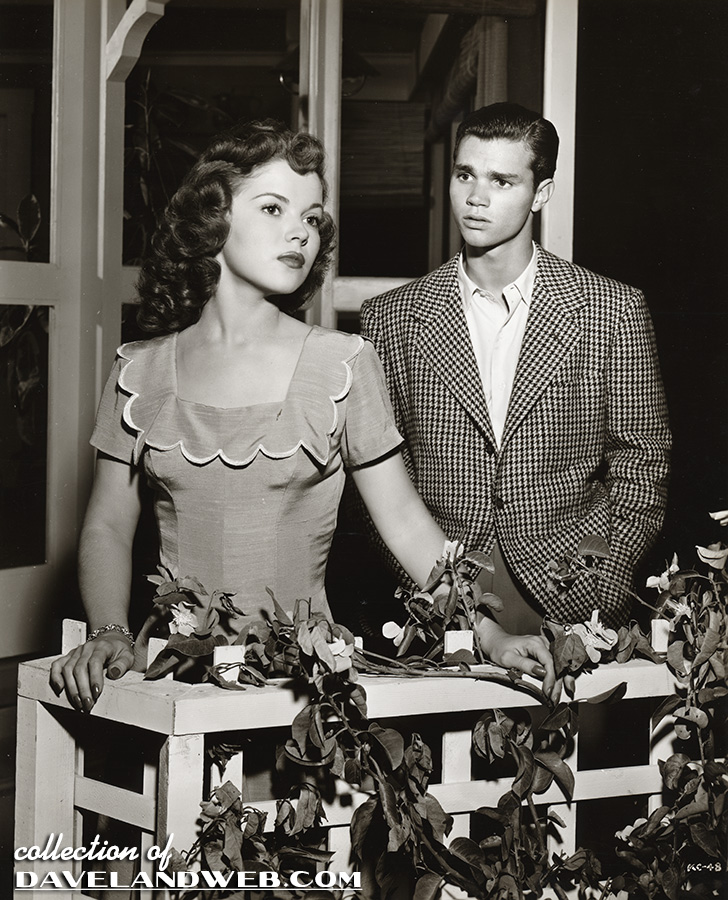
Shirley will never tell!
See more Shirley Temple “A Kiss for Corliss” photos at my
main website.
